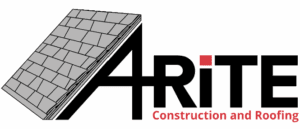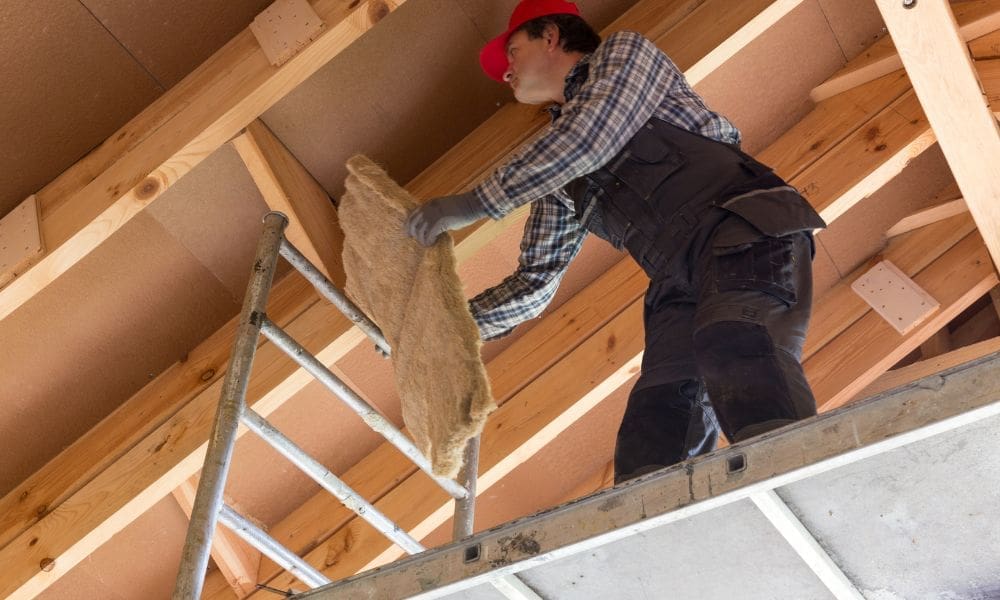As homeowners, we want to make sure our homes are comfortable and energy efficient. Many of us start by looking into different ways to improve our home insulation. However, there is a lot of misinformation out there that can lead to unnecessary expenses and less-than-ideal outcomes.
Below, we will debunk some of the most common home insulation myths so that you can make informed decisions about your home’s insulation.
Myth #1: Insulation Is Only Necessary in Cold Climates
Many homeowners believe that insulation is only important for warming their homes in the winter. However, this couldn’t be further from the truth. Insulation also plays a crucial role in keeping your home cool in the summer.
Insulation works by trapping air in small pockets, creating a barrier that prevents heat from escaping during the winter and entering during the summer. This blockage means proper insulation can help regulate your home’s temperature year-round, regardless of where you live.
Myth #2: All Insulation Is the Same
There are several types of insulation available on the market, and each has its unique properties. Fiberglass, spray foam, cellulose, and mineral wool are some of the most popular types of insulation.
Each type has different R-values (an indicator of how well it resists heat flow), installation methods, and costs. For example, spray foam insulation has a higher R-value than fiberglass but is more expensive. It’s important to research and understand the different types of insulation to determine which one is best for your home.
Myth #3: Adding More Insulation Will Always Increase Energy Efficiency
While insulation does play a significant role in improving energy efficiency, adding more insulation doesn’t necessarily guarantee better results. The amount of insulation needed depends on various factors such as climate, type of heating/cooling system, and the age of your home.
For instance, if you live in a hot climate and have an energy-efficient air conditioning system, adding more insulation may not significantly impact your energy bills. On the other hand, increasing insulation can make a big difference if you have an old heating system and live in a cold climate.
Myth #4: Insulation Is a One-Time Investment
Like any other part of your home, insulation requires maintenance, and you’ll need to replace it after a certain period passes. Over time, insulation can become compressed or damaged due to moisture or pests, reducing effectiveness. It’s essential to regularly inspect your home’s insulation and replace it when necessary for optimal energy efficiency.
Myth #5: My Home Doesn’t Need Insulation Because It’s New
It’s a common misconception that newer homes don’t need insulation because they are already energy efficient. However, even new homes can lack proper insulation.
Many builders focus on keeping construction costs low and may overlook areas where insulation is beneficial. Additionally, building codes and standards for energy efficiency vary by state, so it’s essential to understand these standards and ensure your home meets the minimum recommended insulation levels.
Myth #6: Insulation Is Only Necessary for Exterior Walls
While adding insulation to exterior walls is a crucial step in reducing energy consumption, it’s not the only area that requires insulation. Other areas, such as attics, basements, and crawl spaces, also need proper insulation to prevent heat loss and entry. Assessing your entire home and identifying areas that may benefit from additional insulation is important.
Myth #7: Insulation Is Easy To Install on My Own
While DIY projects can be a fun and cost-effective way to improve your home, installing insulation is not a suitable DIY project. Proper installation is crucial for optimal performance, so it’s best left to professionals who have the knowledge and experience to do it correctly.
Installing insulation requires specialized tools and protective gear, and mistakes can lead to reduced effectiveness or potential health hazards.
Myth #8: Insulation Will Solve All My Energy Efficiency Problems
While insulation significantly improves energy efficiency, it’s not the only factor to consider. Other things, such as air leaks, outdated windows, and inefficient heating and cooling systems, can contribute to high energy bills. It’s crucial to address these issues and add insulation for the best results.
Understanding the Common Types of Home Insulation
Now that we’ve debunked common insulation myths, you may feel ready to make insulation changes in your home. However, it’s essential to also understand the different home insulation types available to homeowners before making a decision.
Fiberglass Insulation
Fiberglass is one of the most commonly used home insulation materials. This cost-effective option is available in batts (pre-cut sections) or rolls, which are cut and fit during installation. Although it has a relatively lower R-value than other materials, its affordability and ease of installation make it a popular choice for many homeowners.
Cellulose Insulation
Cellulose insulation, made from recycled paper products, is a green, eco-friendly solution. This blown-in insulation is perfect for filling in gaps, cracks, or spaces around existing structures. However, it requires professional installation, and the material can settle over time, potentially reducing its thermal resistance.
Spray Foam Insulation
Spray foam insulation offers superior energy efficiency due to its high R-value and comprehensive coverage. It expands on contact, filling even the smallest gaps and crevices. While effective, spray foam is also more expensive than other materials, and professionals must install this type.
Mineral Wool Insulation
Manufacturers create mineral wool or rock wool insulation using mineral fibers. This option is naturally resistant to fire, mold, and mildew. It provides excellent soundproofing and doesn’t require additional fire-retardant chemicals. However, it can be more expensive than fiberglass, and proper installation requires special attention, as compressed areas can reduce effectiveness.
Each insulation type has pros and cons, and the best choice for your home depends on various factors, including your climate, home design, budget, and personal preferences. Before you decide, it’s important to consult with a professional who can provide expert advice based on your unique circumstances.
Final Thoughts
Many myths surrounding home insulation can lead homeowners down the wrong path. It’s essential to consult with professionals before making decisions about your home’s insulation. A-Rite is here to answer your home insulation questions. We’re premier insulation contractors in Wausau, Wisconsin.
Remember, proper insulation is crucial for maintaining a comfortable and energy-efficient home, no matter where you live. Don’t let these common myths mislead you, and take the necessary steps to ensure your home’s insulation is up-to-date and effective. So, if you’re considering adding or replacing insulation in your home, consult experts and choose the right type of insulation for your specific needs. And don’t forget, regular maintenance and inspections are key to keeping your home’s insulation in top condition for optimal energy efficiency. We hope busting these myths will help you make informed decisions about improving your home’s insulation!





